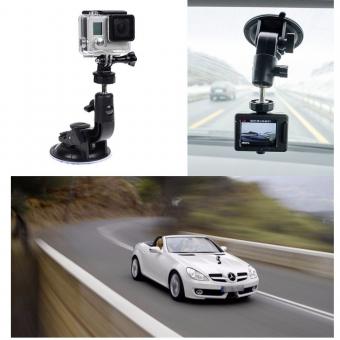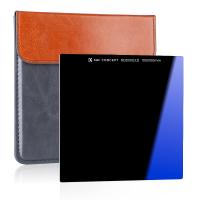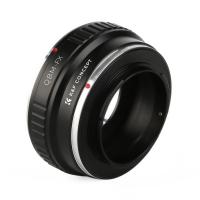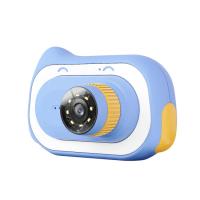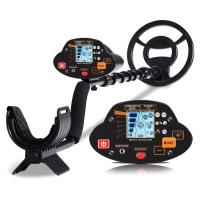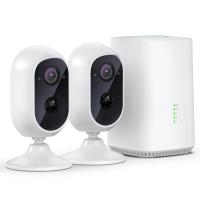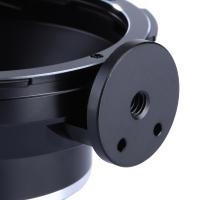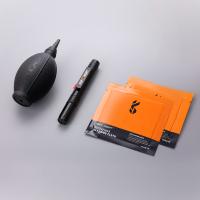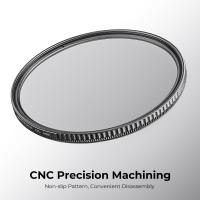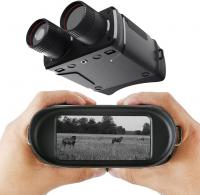How To Make A Fujifilm Digital Camera Work?
To make a Fujifilm digital camera work, you will need to follow a few simple steps. First, insert a fully charged battery into the camera and insert a memory card if necessary. Turn on the camera by pressing the power button and select the desired shooting mode. Adjust the settings such as ISO, aperture, and shutter speed as needed. To take a photo, aim the camera at the subject and press the shutter button. To view the photos, press the playback button and use the arrow keys to navigate through the images. You can also connect the camera to a computer or printer using a USB cable to transfer or print the photos. Additionally, refer to the camera manual for more detailed instructions and troubleshooting tips.
1、 Powering on the camera
Powering on the camera is the first step to make a Fujifilm digital camera work. To do this, you need to ensure that the camera has a charged battery or is connected to a power source. Once you have confirmed this, locate the power button on the camera. It is usually located on the top or back of the camera and is marked with a power symbol. Press and hold the power button until the camera turns on.
Once the camera is powered on, you can start taking pictures or recording videos. However, it is important to note that different Fujifilm digital cameras may have different features and settings. Therefore, it is advisable to read the user manual that comes with the camera to understand how to use it effectively.
In recent years, Fujifilm has introduced new features to their digital cameras, such as wireless connectivity and touch screen displays. To take advantage of these features, you may need to download and install the relevant apps on your smartphone or tablet. This will allow you to transfer photos and videos wirelessly, control the camera remotely, and even edit your photos on the go.
In conclusion, powering on a Fujifilm digital camera is a simple process that requires a charged battery or a power source and pressing the power button. However, to make the most of your camera, it is important to read the user manual and explore the various features and settings available. With the latest advancements in technology, Fujifilm digital cameras offer a range of exciting features that can enhance your photography experience.
2、 Setting up the date and time
Setting up the date and time is an essential step in making a Fujifilm digital camera work. It ensures that the date and time stamp on your photos are accurate, making it easier to organize and locate them later. Here's how to set up the date and time on your Fujifilm digital camera:
1. Turn on your camera and press the "Menu" button.
2. Use the arrow keys to navigate to the "Set Up" menu.
3. Select "Date/Time" and press "OK."
4. Use the arrow keys to set the correct date and time.
5. Press "OK" to save the settings.
It's important to note that some Fujifilm digital cameras have a feature called "Time Difference" that allows you to adjust the time zone. This is particularly useful if you're traveling to a different time zone and want to ensure that your photos are stamped with the correct time.
Additionally, some newer Fujifilm digital cameras have a feature called "Bluetooth Time Sync" that automatically sets the date and time based on your smartphone's time. This feature is convenient and ensures that your camera's clock is always accurate.
In conclusion, setting up the date and time on your Fujifilm digital camera is a simple process that ensures your photos are accurately timestamped. Be sure to check if your camera has any additional features, such as time zone adjustment or Bluetooth time sync, to make the process even easier.
3、 Choosing a shooting mode
Choosing a shooting mode is an essential step in making a Fujifilm digital camera work. The shooting mode determines the camera's settings, such as aperture, shutter speed, and ISO, to capture the best possible image in a given situation. The Fujifilm digital camera offers various shooting modes, including manual, aperture priority, shutter priority, program, and scene modes.
To choose a shooting mode, first, consider the type of photography you want to do. If you want full control over the camera settings, choose manual mode. If you want to control the depth of field, choose aperture priority mode. If you want to control the shutter speed, choose shutter priority mode. If you want the camera to choose the settings for you, choose program mode. If you want to capture specific scenes, choose scene modes.
The latest point of view is that Fujifilm digital cameras offer advanced shooting modes that cater to different photography styles. For instance, the Fujifilm X-T4 offers a film simulation mode that mimics the look of classic Fujifilm films. The camera also offers a sports finder mode that allows you to capture fast-moving subjects with ease.
In conclusion, choosing a shooting mode is crucial in making a Fujifilm digital camera work. It allows you to capture the best possible image in a given situation. With the various shooting modes available, you can choose the one that best suits your photography style and needs.
4、 Adjusting exposure settings
How to make a Fujifilm digital camera work? Well, the first step is to ensure that the camera is charged and has a memory card inserted. Once that is done, you can turn on the camera and start exploring its features.
One of the most important aspects of photography is exposure, which refers to the amount of light that enters the camera and hits the sensor. To adjust exposure settings on a Fujifilm digital camera, you can use the exposure compensation dial, which is usually located on the top of the camera. This dial allows you to increase or decrease the exposure by a certain number of stops, depending on the lighting conditions and the effect you want to achieve.
Another way to adjust exposure is by using the aperture and shutter speed settings. The aperture controls the size of the opening in the lens, which determines how much light enters the camera. The shutter speed, on the other hand, controls how long the shutter stays open, which also affects the amount of light that enters the camera. By adjusting these settings, you can create different effects such as shallow depth of field or motion blur.
In addition to exposure settings, Fujifilm digital cameras also offer a range of other features such as autofocus, image stabilization, and various shooting modes. The latest Fujifilm cameras also come with advanced features such as 4K video recording, wireless connectivity, and touch screen displays.
Overall, making a Fujifilm digital camera work involves understanding its features and experimenting with different settings to achieve the desired results. With practice and patience, you can capture stunning photos and videos that showcase your creativity and vision.















